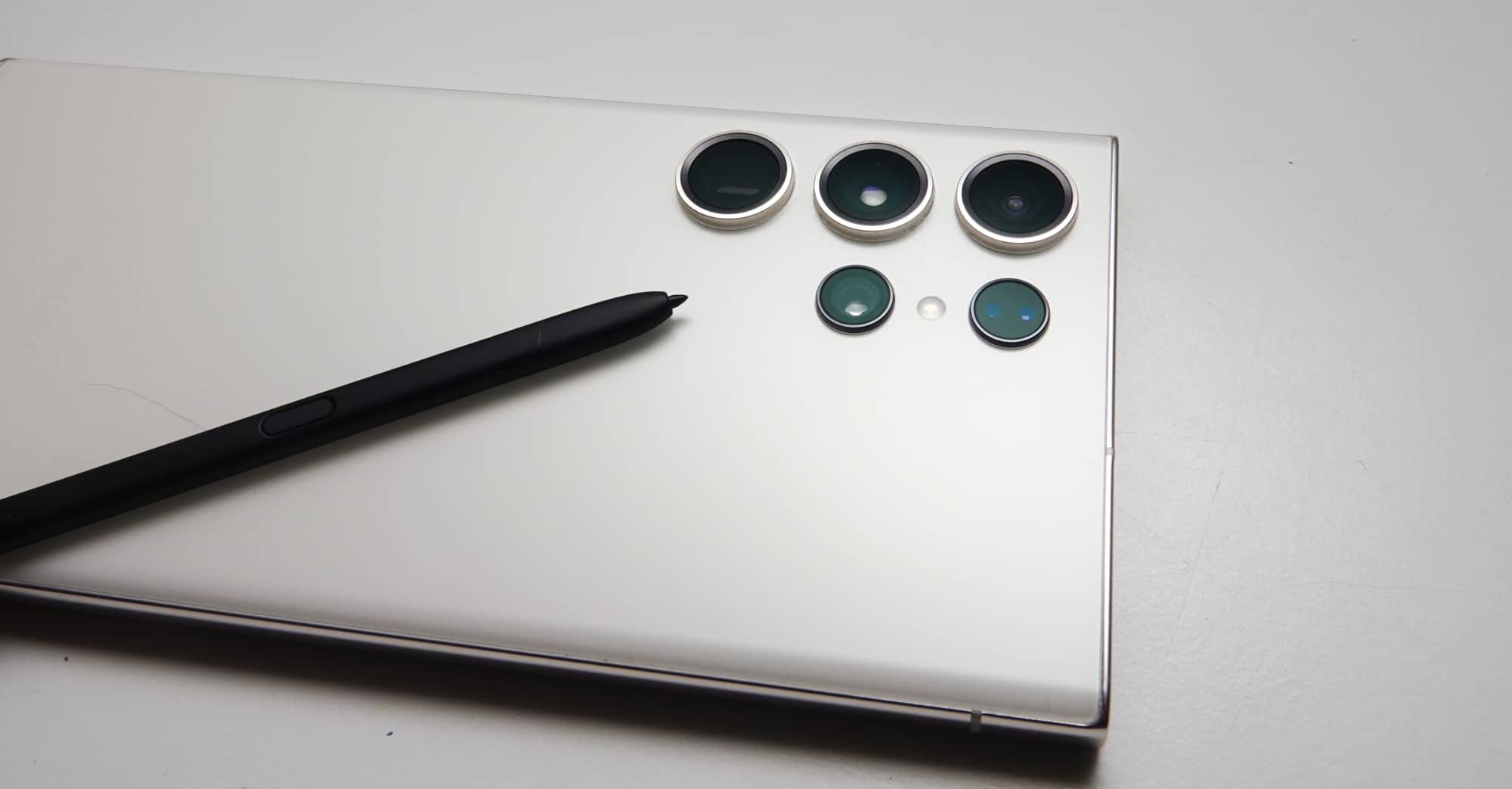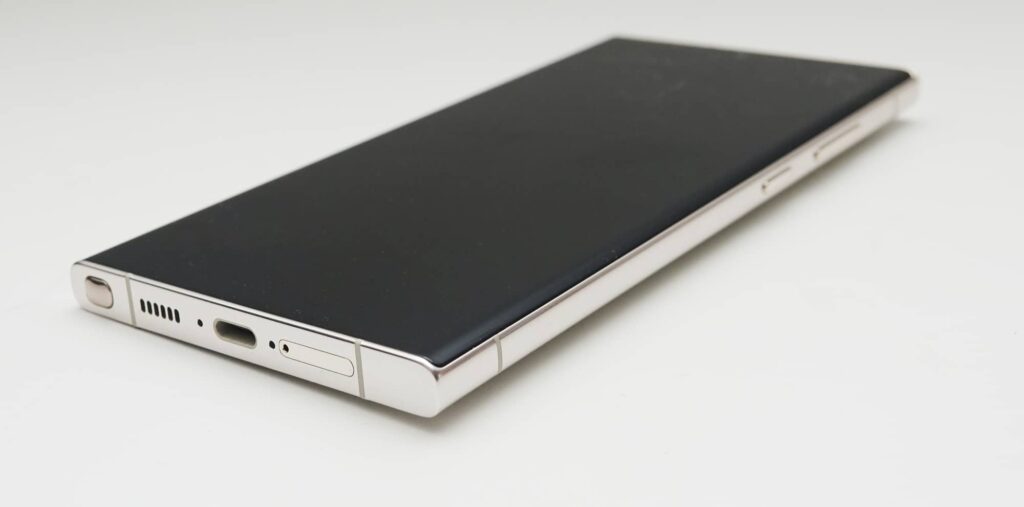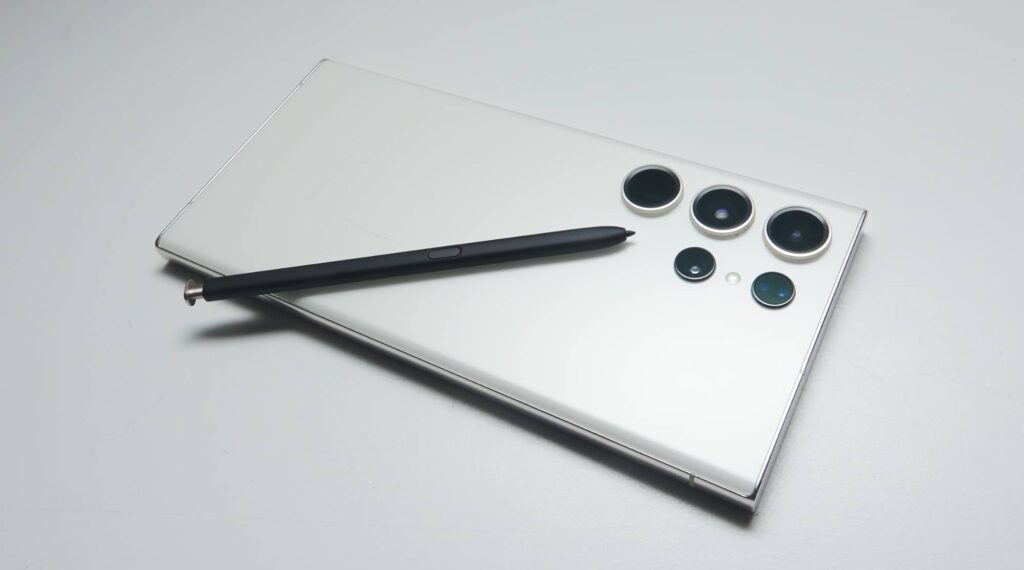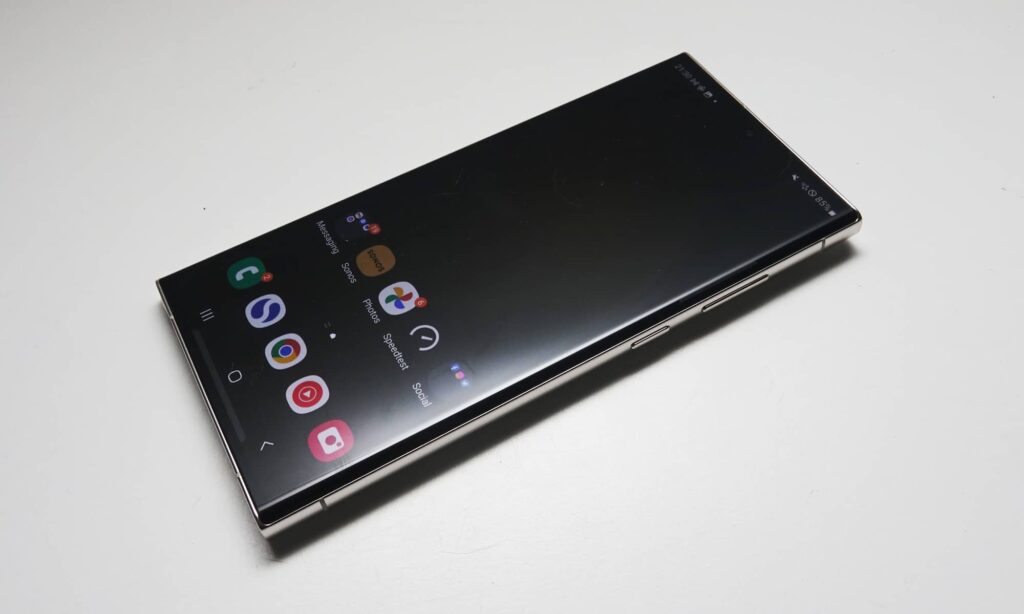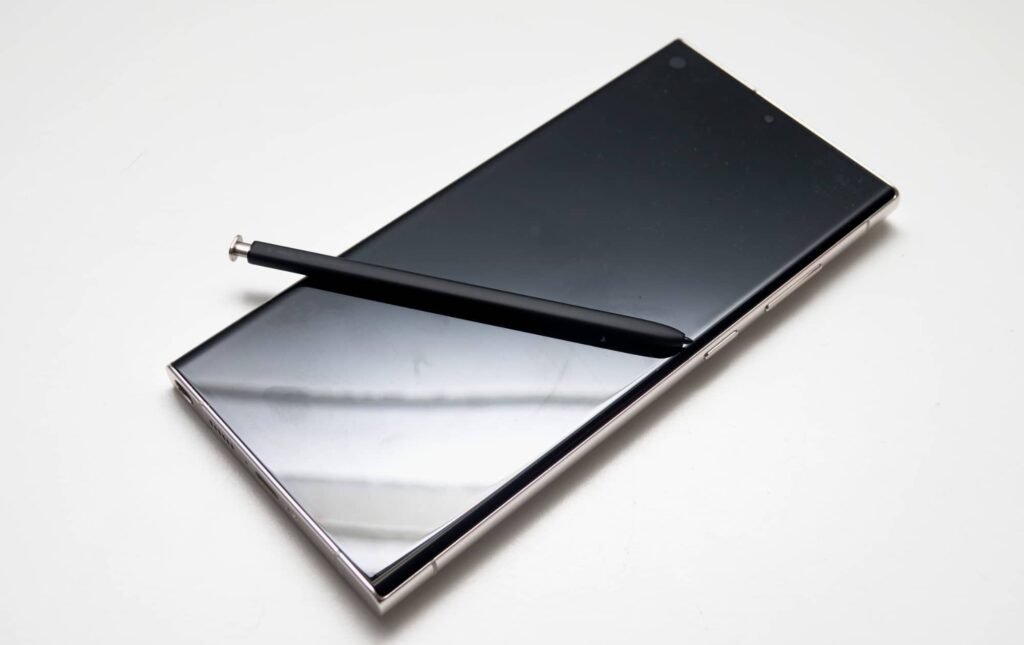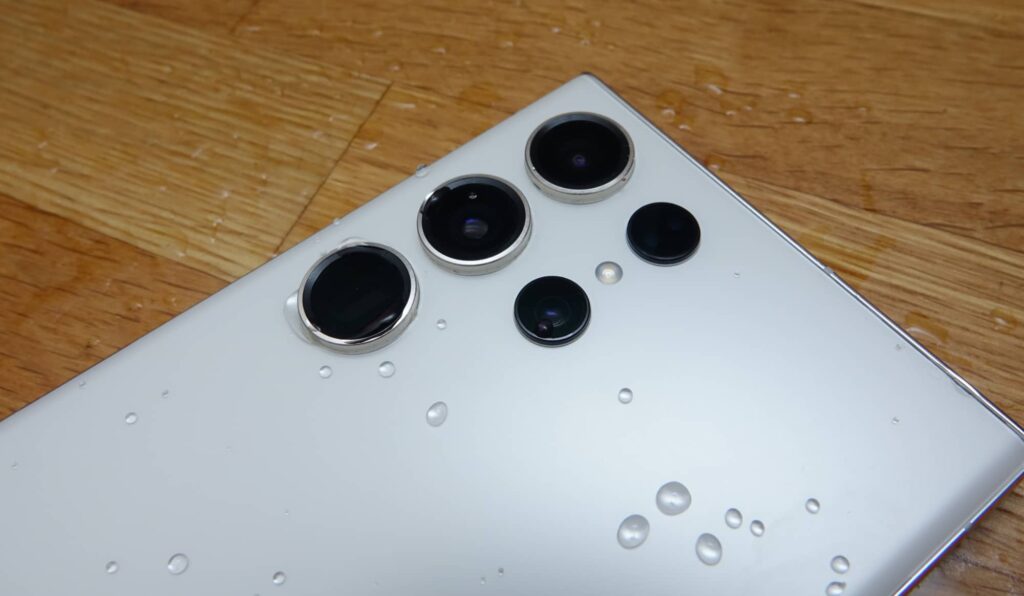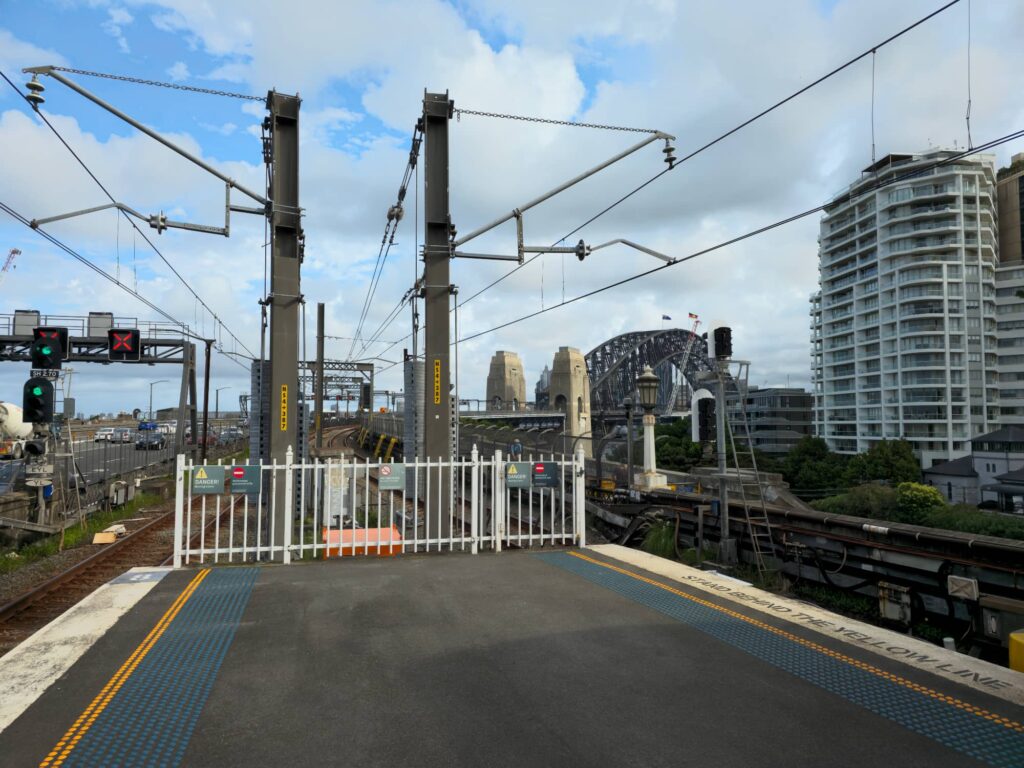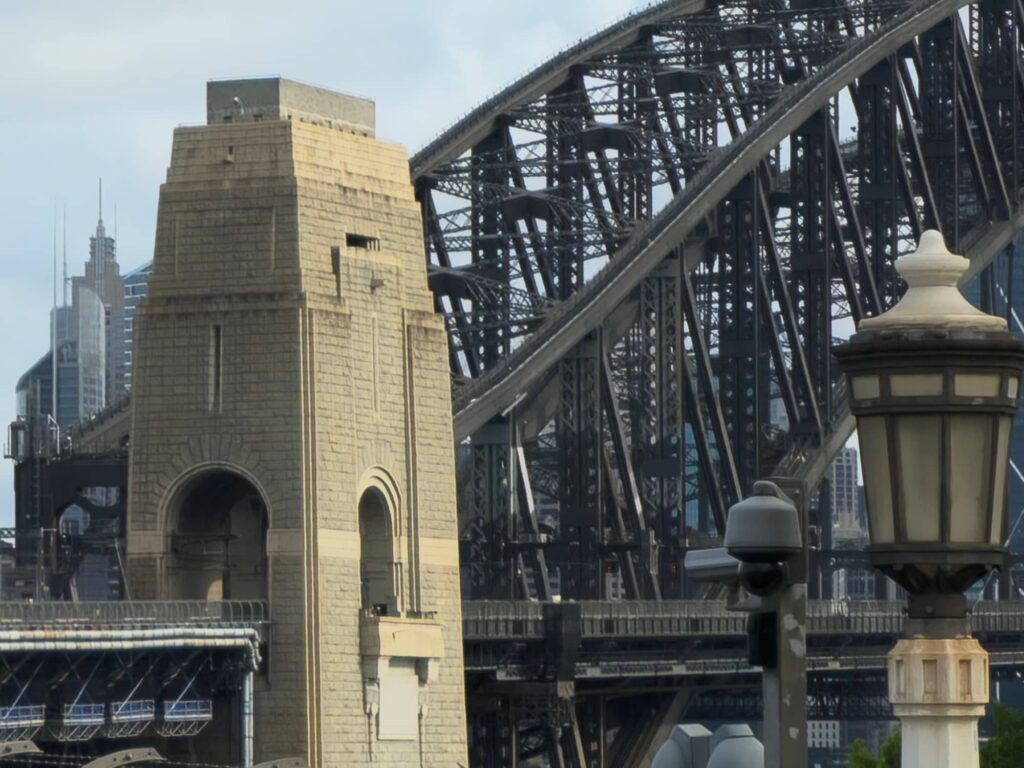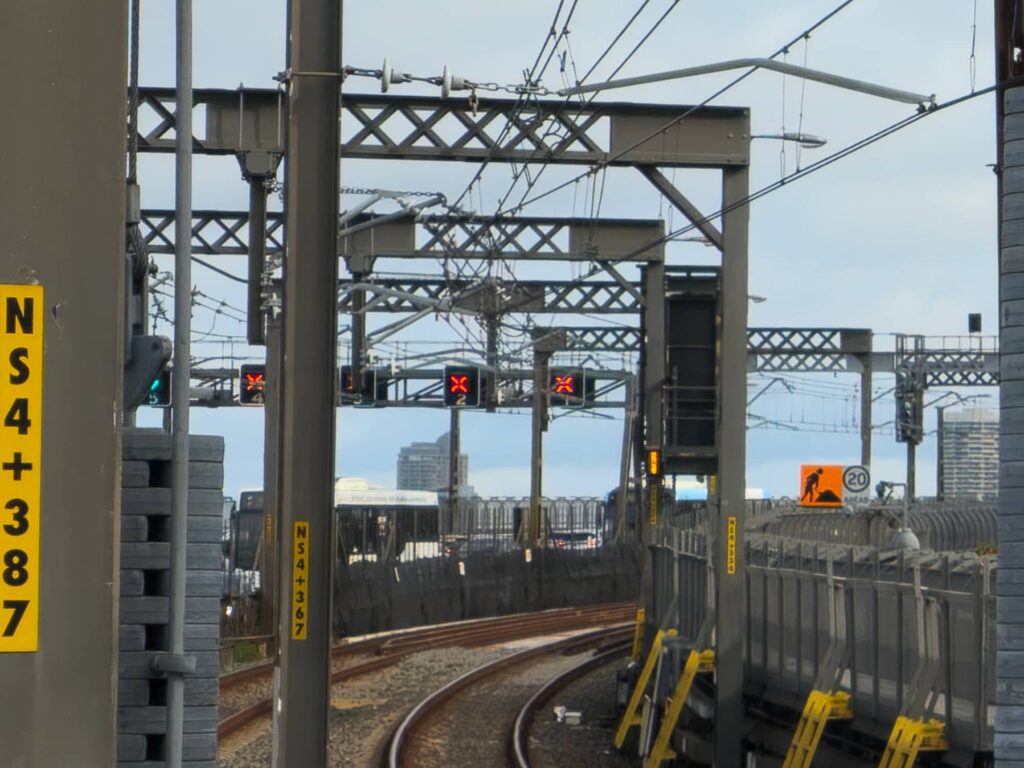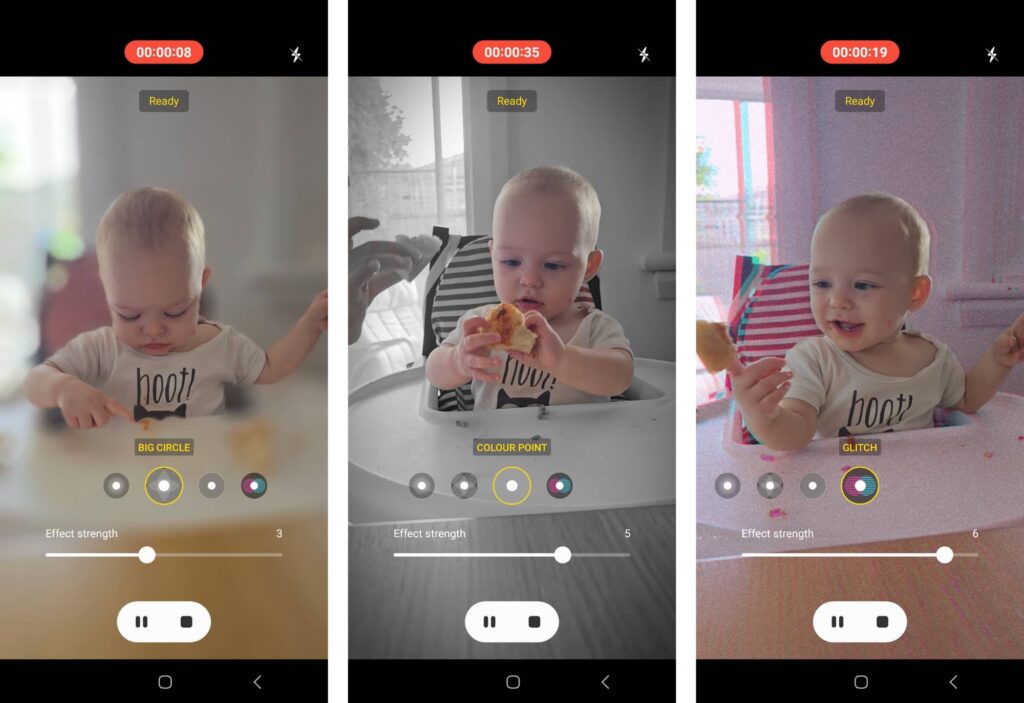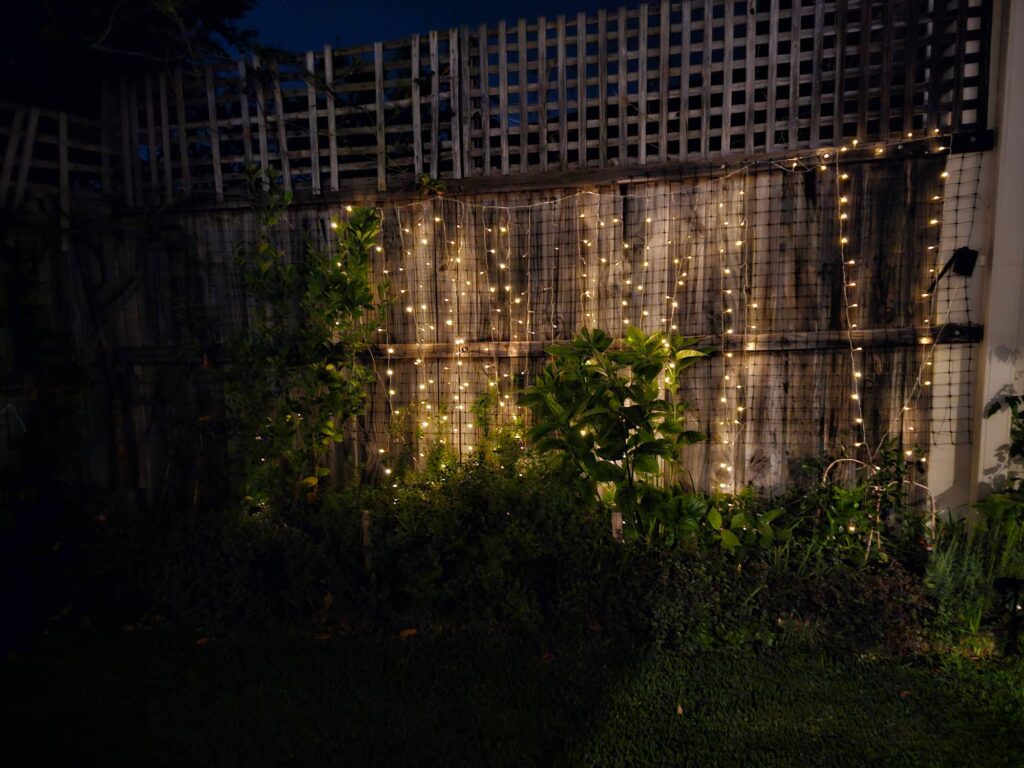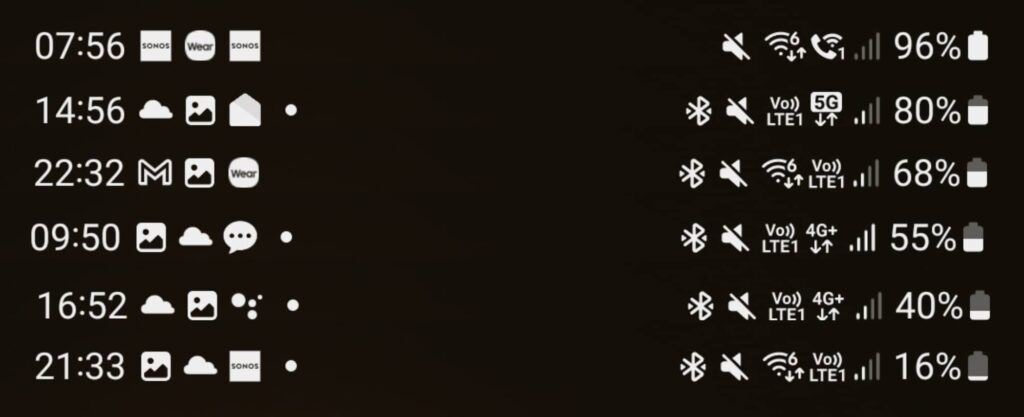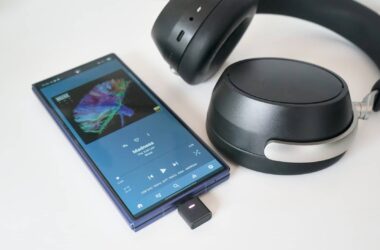Quick review
The good
The not-so-good
Big phones are all the rage, and if you’re after one of the best of the biggest, the Samsung Galaxy S23 Ultra might just have your name on it.
Cast your mind back over a decade ago and see if you can recall a time when phones were small, and when mobiles were hand friendly.
You might not be able to think that far back (who can these days?), but the idea of a big phone isn’t all that new. In fact, we’ve been seeing them for over ten years, with the first Galaxy Note popping up in 2011, arriving with a pen and a 5.3 inch screen.
Yes, it was over ten years ago, and while some laughed at the idea, Samsung managed to make the big phone work. We got past the term “phablet”, and these days, big is in. Every phone is big, with small phones more difficult to find than ever.
But “big” can mean a lot of things, and to Samsung, the biggest phone is also the one that isn’t just large, but typically gets all the best features, save for a foldable screen. While a huge foldable screen is usually reserved for the Galaxy Z Fold, everything else notable (excuse the pun) comes to a model built in the Note’s image.
And while Samsung doesn’t make a phone named “Note” anymore, its “Ultra” Galaxy handset is its spiritual successor, getting all the best bits in an even bigger screen. Twelve years on, is the Samsung S23 Ultra the best big phone you can find?
Design
Glance at the Samsung S23 Ultra and you’ll see a phone that resembles much of the current focus of last year’s phone, the S22 Ultra. The camera feels slightly more flush and the whole thing is possibly a bit firmer, but Samsung’s design is largely the same.
In the S23 Ultra, there’s a slightly curved display with softened edges and a good solid heft, thanks in part to a use of metal and glass in a way that screams premium.
That said, if you came from last year’s model, you won’t see much of a difference. It is more of the same, and that’s not necessarily a bad thing.
Features
Inside, everything is not quite the same, as the S23 Ultra gets an upgrade of parts for a new year.
Perhaps unsurprisingly, that starts with the system spec, which is upgraded from the Qualcomm Snapdragon 8 Gen 1 to the Snapdragon 8 Gen 2. If that just reads like jargon, think of it as the latest and greatest fast mobile chip, because that’s exactly what it is.
Samsung has paired that with either 8GB or 12GB RAM depending on the model you opt for, and either 256GB, 512GB, or 1TB of storage. Samsung’s choice of RAM and storage size is reflective on how much you spend, and like most flagship phones to date (pretty much all), there is no expandable storage in this handset.
You will find a bunch of wireless connection options in either version of the phone, and they’re all the same regardless of how much you spend. That includes Bluetooth 5.3, 802.11a/b/g/n/ac/ax WiFi 6E, GPS, Near-Field Communication (NFC) for payment tech and other wireless handshaking setups, and ultra-sideband (UWB), as well, not to mention 5G over sub-. Unfortunately, there’s no support for mmWave 5G in the Australian Galaxy S23 Ultra, though 4G is supported for backwards compatibility.
In the world of wired connections, there is only one on this phone: USB Type C at the bottom.
The camera is the other big deal upgraded feature on this phone, with four cameras on the back and one on the front, comprising of a 200 megapixel F1.7 wide angle camera, a 12 megapixel F2.2 ultra-wide, a 10 megapixel F2.4 3X camera, and a 10 megapixel 10X camera. Meanwhile, the front-facing camera is a 12 megapixel option, handy for those selfies you might want to capture.
It all sits under a big 6.8 inch slightly curved display, something Samsung’s calls an “Edge” display, running a Dynamic AMOLED panel at Quad HD+ (3088×1440) and 120Hz. There’s support for HDR here and Corning’s scratch-resistant Gorilla Glass Victus 2 protecting things, while the rest of the body is made from aluminium and glass, measuring 8.9mm thin and weighing 234g.
All of this is encased in an IP68 water resistant body with a 5000mAh battery that isn’t removable, but can be charged either through a wired Type C connection or a wireless Qi charger. There is also an S-Pen found at the very bottom, held in place in a nice little spot that can be clicked out.
In-use
With all of that tech inside what is easily one of the biggest phones around, using the phone can be a bit of a mixed bag.
For instance, if you have no problem with large phones, you’ll likely love the massive 6.8 inch size of the S23 Ultra, and dig the S-Pen built into the body. That last bit is one of the main features, though it hasn’t changed dramatically from last generation, offering a way to draw and write on the screen, whether it’s off or on standby, and giving you some extra controls if you need them, too.
However, if you’re used to a smaller phone, using the S23 Ultra isn’t necessarily easy, and will become a two-hand phone.
Hopefully you know this going in, and won’t see any issues, with the phone offering you a massive 6.8 inch 3088×1440 Quad HD+ screen at a maximum of 120Hz, plus an S-Pen to let you do that little bit more. Like other tablets with a stylus attached, that means writing on the screen, scribbling on the screen, and drawing on the screen, all either while the phone is on and doing things, or even on standby.
Still one of our favourite S-Pen features is being able to pull the clicky S-Pen out from the body while the handset is on standby, and starting to sketch and write and draw on a black display. It’s a handy feature that makes it possible to take notes or draw without thinking too much, and brings Samsung’s phone closer to what you might use an actual notepad for.
Mind you, all of this is the same as last time, as is the in-screen fingerprint sensor and the hole-punch selfie camera working as a facial login. Samsung has switched the camera in that selfie camera, but it’s not the only place to see a shift.
Performance
Equipped with the latest Snapdragon, the 8 Gen 2, it’s probably no shock that the Galaxy S23 Ultra is a bit of a speed demon, delivering some of the fastest speeds of any Android phone today, and managing to best some of last year’s phones made specifically for performance.
Even comparing the S23 Ultra to last year’s S22 Ultra and the S21 Ultra before that, the newer handset has no problems demolishing its siblings, beating it on benchmarks in single core, multi-core, and graphical performance.
While little of that will come as a shock -- because new flagship chips will almost always beat older flagship chips -- the level of performance Samsung gets from Qualcomm's latest silicon is still quite impressive.
Pit the Samsung Galaxy S23 Ultra against Asus' high-end gaming phone from last year, the ROG Phone 6 Pro, and Samsung's phone is faster again, even when the Asus model is on its high-speed "X" mode.
To put it simply, Samsung's all-round flagship phone is beating the performance of a phone made for gaming, telling you just how useful the Galaxy S23 Ultra will end up being for gaming, or anything else you throw its way.
There is clearly an abundance of performance in this phone, thanks in part to that new Snapdragon 8 Gen 2 chip, but also the 12GB RAM our review S23 Ultra has inside.
That's no small amount of memory, and with 10GB available, the S23 Ultra has plenty to work with.
As for how this relates to real-world performance, the good news is you shouldn't need to think about it at all. Using the S23 Ultra in a day-to-day way should see apps work beautifully and little to no lag in most of what you do.
It's a similar deal in the world of mobile performance, and because this is a 5G phone, you should be able to get solid 5G speeds out, as well.
In fact, tested in Sydney on the Telstra 5G network, we found the S23 Ultra was able to hit into the 750Mbps mark, though your mileage may vary based on your network, where you are, and the strength of the network at the time.
Like all other 5G phones released in Australia, the S23 Ultra is also 4G compatible, so even when you're not getting super-fast 5G, you should still get pretty solid 4G, too.
Camera
While the system performance has received a bit of a boost from the new Snapdragon chip, the biggest upgrade may well be on the camera side of things, as the main 108 megapixel wide angle camera is upgraded to an even bigger 200 megapixel camera, and it is an interesting addition.
The change offers a fair amount of flexibility to Samsung's most impressive camera in its range, and something the S23 and S23+ both miss out on.
You'll still find four cameras to speak of in the Ultra, but strangely they're not evenly matched: there are also two 10 megapixel cameras for 3x and 10x telephoto and a 12 megapixel ultra-wide camera, alongside that massive 200 megapixel shooter.
This combination gives you a fairly versatile range of 0.5X, 1X, 3X, and 10X, while Samsung's AI smarts and digital zoom kind of blurs the difference between the zoom and focal lengths, and even manages to go beyond them.
For instance, you can zoom to 2X in the 200 megapixel 1X camera and Samsung will use smarts to find that spot, while the space between 3X and 10X has something similar going for it.
Once you go beyond 10X, you're entering Samsung's "Space Zoom" territory, where a combination of digital zoom and software will find and sharpen edges, and theoretically let you get close.
It's an idea Samsung has been pushing since the S20 Ultra popped up, and while the tech is getting better, close-up images at extreme limits on the S23 Ultra aren't a huge improvement. You can snap a decent picture of the Moon, but most pictures outside of this won't be super brilliant, and really undermine the best feature of the S23 Ultra camera: that impressive 200 megapixels.
You might wonder why there's such a big camera in this phone, and that's fair. After all, megapixels don't always make for a better camera, something many a photographer learned over a decade ago when the term "megapixel myth" popped up.
For Samsung, the 200 megapixel sensor has a few reasons to be useful, like being able to capture the entire 200 megapixels if you want to, and cropping details out. That is arguably one of the best features of this phone, though it will give you incredibly large image file sizes, measuring close to 40MB per shot, and lacking zoom.
Most people will skip this, but it's a great feature for a 200 megapixel phone camera to offer.
More interesting, however, is the use of downsampling which sees the 200 megapixel sensor able to use four pixels for every one in 50 megapixel shots, or 16 pixels for every one in 12 megapixel shots.
That lines up roughly with the 12 megapixels on offer from the ultra-wide camera in this phone, and is also similar to the 12 megapixels used in the S23 and S23+, not to mention Samsung's obvious competitor in the iPhone 14 Pro Max.
In general, high-end phones tend to capture at 12 megapixels, and with the S23 Ultra, you're effectively getting 16 times the photo data for every pixel in its images, a feature specific to Samsung's Isocell HP2 sensor, which this phone uses.
So how does it stack up?
In daylight, images are sharp and crisp offering great colours and vibrancy, with some reasonable versatility in what the S23 Ultra offers. We were able to capture solid shots at most times, with decent macros, albeit not as good as what Apple offers in its flagship models of late.
Samsung has improved the portrait mode somewhat, and so now you can get some nice background blur in stills and video, with the latter of these offering some cute effects offering black and white with a touch of colour, blurring backgrounds, and a glitchy mode that almost feels like the video is captured in old school anaglyphic 3D. Neat.
Low light is also pretty solid, putting up some decent competition against rivals from Apple and Google, which is where most of the action is. We're not sure Samsung is beating either, with slightly sharper low-light images from the iPhone 14 Pro Max and the Google Pixel 7 Pro.
In fact, curiously we found the 200 megapixel camera delivered slightly clearer low-light than the excess light delivered in the 12 megapixel downsampling. Crazy.
Close-up images through the complex camera setup sees some interesting shots that are possible, but a slightly slower lens on each means you won't find as much light control.
That big 200 megapixel camera offers up F1.7 and the ultra-wide at a slightly less light-friendly F2.2. Meanwhile, the telephoto lenses are stuck at F2.4 for 3x and F4.9 for 10x, so you don't quite have the abundance of light you might yearn for, and that can give you a bit of blur.
For the most part, however, the camera delivers quite a bit of performance, and few will really have a reason to complain about it.
Battery
The camera is sure an update on the previous generation, but the battery reads like a winning change, too.
On the one hand, it's the same 5000mAh battery from the older S22 Ultra, but on the other, it just performs better in general. It's so good, you can get a good two days of life from regular use if you wanted to, and if you use it less, you might hit the three mark.
Using the S23 Ultra as our daily driver for a week, we found the battery life managed two days of use throughout that time, racking up a good 4 to 5 hours of screen-on time. Lean on that screen a little more, and you may see a full day only, but this is still a solid result.
Overall, achieving a full day of strong use is a great outcome, and for the rest of us not living on our phone at all hours of the day and night, two days is quite impressive. It's the sort of battery life we've yearned for, and virtually no one is delivering. Great work, Samsung.
Value
Of course, to get this sort of performance and feature set, you need to be prepared to pay for it, and the Galaxy S23 Ultra is not an inexpensive handset. Not by any stretch of the imagination.
In fairness, it's not entirely Samsung's issue alone: high-end smartphones are quite pricey at the moment, and the S23 Ultra is not new in that respect.
Locally, the S23 Ultra starts at $1949, and it only gets more expensive from there. That said, if you can make use of all these features, it may well be worth it.
We're not likely to use the S-Pen, but others could, and between the flexibility of that feature and not necessarily needing to have a tablet, plus the fairly solid versatility of the camera and the impressive system performance, Samsung's S23 Ultra is about as worth the price as nay other flagship phone released today.
What needs work?
To Samsung's credit, the S23 Ultra checks so many boxes, you may struggle to work out just what's wrong with it. The good news is there isn't much, if anything at all.
The size could be an issue if you're not used to huge phones, and some hands will find the size so unwieldy, they may struggle to hold the handset comfortably. Mind you, if you're coming from a big phone already, this is likely already an issue you've overcome.
Samsung hasn't made many changes to the S-Pen, which can still feel a touch flimsy, but isn't bad overall. It still does all the things you'd expect an S-Pen to do, such as writing and scribbling on the screen when the phone is on standby, doing more when the phone is actually awake, and using it as a presentation controller with the handy button on the inside.
But it's not much of an update, if any at all. It's a phone with the S-Pen, just like the S22 Ultra was.
About the only major issue we have is that the camera can also feel a touch slow to fire, which seems to be a consistent Samsung issue. We've seen it on what must have years worth of Samsung phones, and it's a bug that just doesn't seem to go away.
Whether triggered by on-screen button or volume, the camera in the S23 Ultra can be a little lazy to fire its shot. Sometimes it nails the speed, but other times, you just feel like the S23 Ultra hasn't heard Lin-Manuel yet, and is just about ready to throw away its shot.
Final thoughts (TLDR)
The only other critical factor Samsung may struggle with is upgrades, because it's a near impossible argument from last year's model to this one.
Simply put, there is no conceivable reason beyond "owning the newest" to upgrade from the S22 Ultra to the S23 Ultra. The camera isn't a massive leap, and neither is the spec bump. That upgrade would be an upgrade for upgrade's sake.
But for folks with an older phone, or even Android owners looking for a big upgrade, this is a solid choice. If you're after the best biggest experience, the S23 Ultra checks all the boxes. Recommended.



